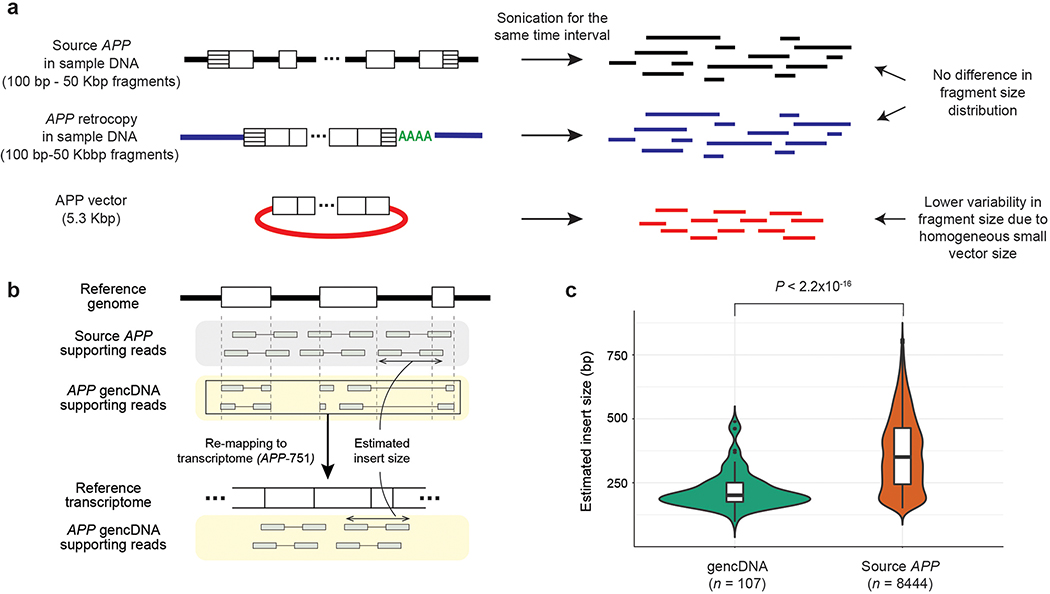Extended Data Fig. 2. Evidence that recombinant vector contamination is the major source of APP gencDNA.
a. Schematic of the DNA fragment size distribution for each APP source (source APP, APP retrocopy, APP vector). Fragments from APP vectors are expected to be more homogeneous and smaller in size than those from other sources due to the fixed and relatively small vector size. b. DNA fragment (or insert) size estimation. Sequence reads mapped to APP exon junctions were divided into two groups: source APP (reads containing intron sequences) and APP gencDNA (reads clipped at the exon junction) supporting reads. gencDNA supporting reads were remapped to the APP reference transcript sequence (APP-751) to estimate insert sizes. c. Comparison of insert size distribution between source and gencDNA supporting reads. n, number of read pairs in each group.

